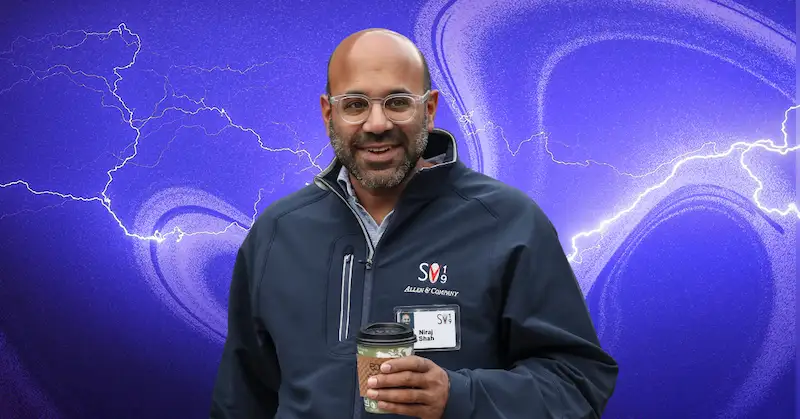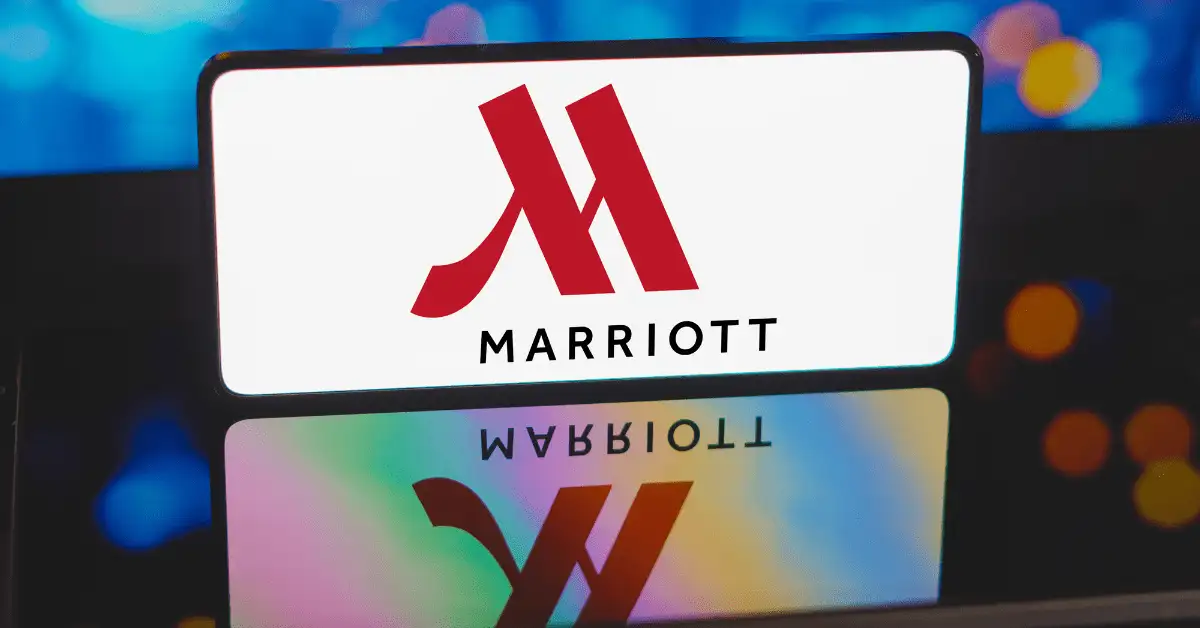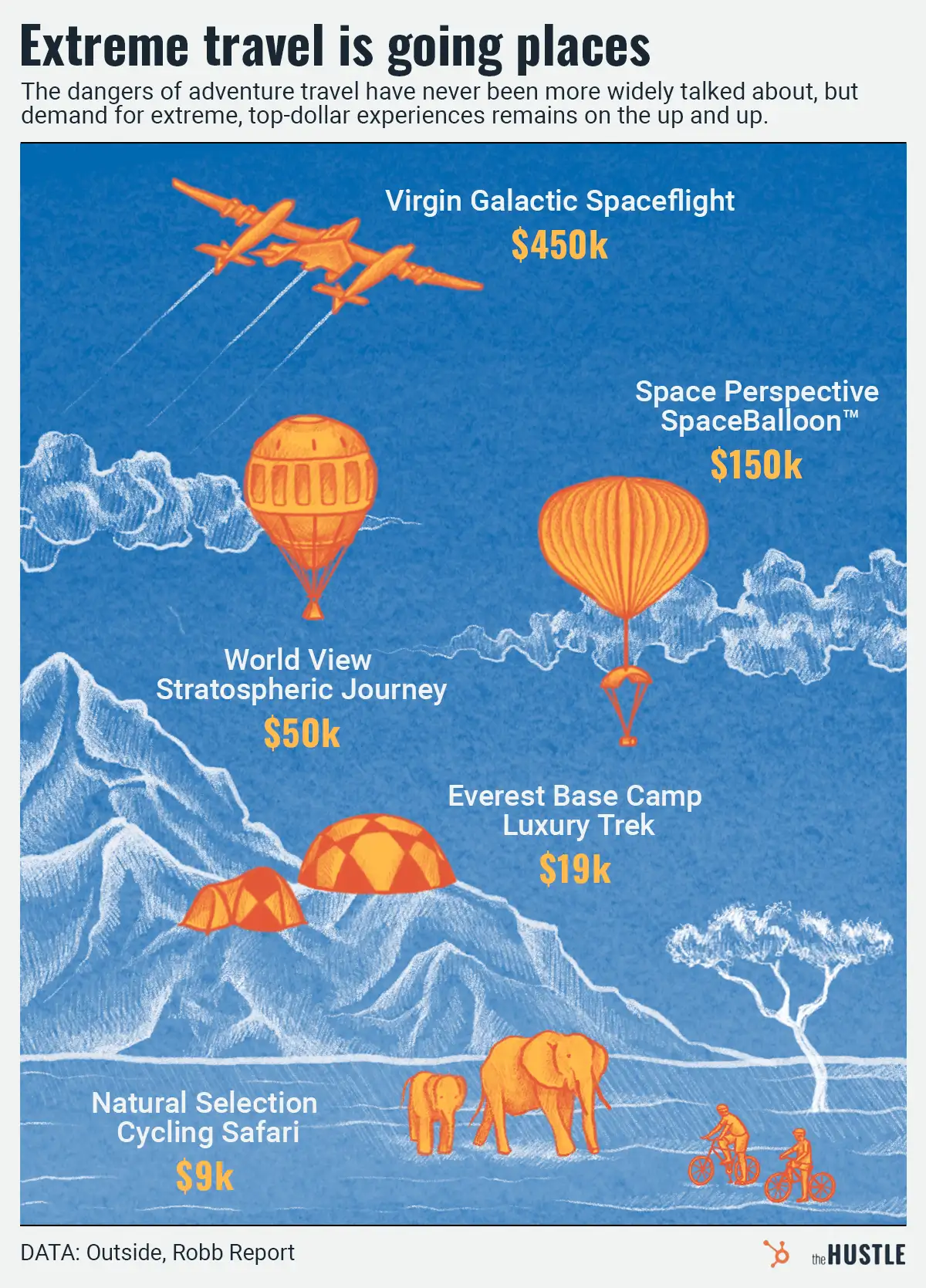
Private jets have a pilot problem
Pilots are following the money — and it’s taking them to larger commercial airlines.
Published:
Updated:
Related Articles
-

-

Its 2024, and CEOs and employees are back at it again
-

Are Wikimedia’s exec salaries normal?
-

Major hotel chains can’t stop inventing new brands
-

Months after the sub tragedy, extreme tourism is… more popular than ever?
-

The next big travel destination might be the airport itself
-

California will teach teens about workers’ rights because employers keep violating them
-

‘AI is not a writer:’ Why the writers’ strike deal matters beyond Hollywood
-

Ready for a trip? Psychedelic retreats are going mainstream
-

Check into the future: Hotels are getting an upgrade

